 |
 |
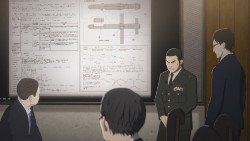 |
 |
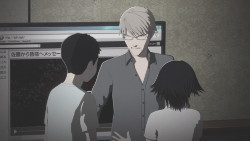 |
 |
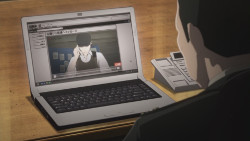 |
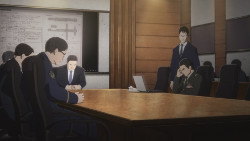 |
 |
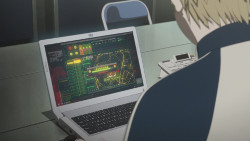 |
 |
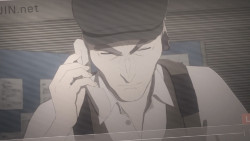 |
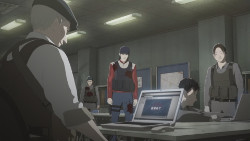 |
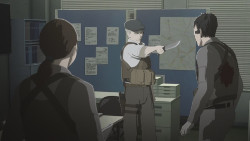 |
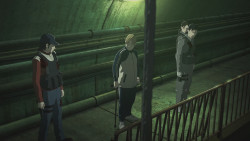 |
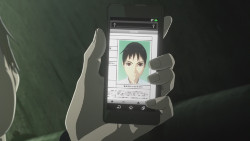 |
 |
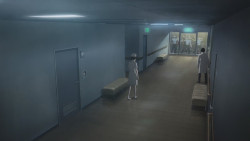 |
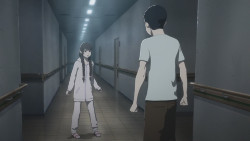 |
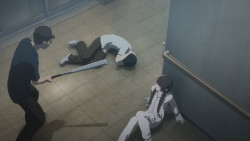 |
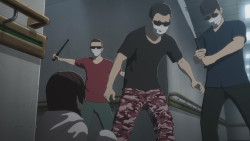 |
 |
 |
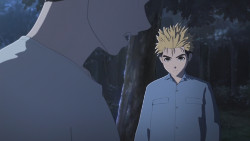 |
 |
 |
 |
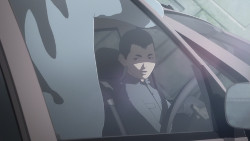 |
 |
 |
 |
 |
 |
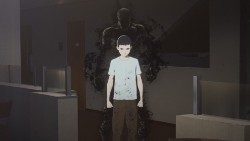 |
 |
 |
 |
 |
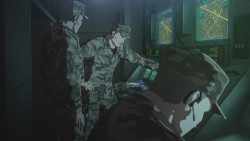 |
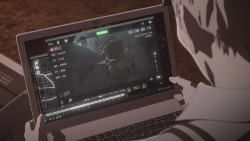 |
 |
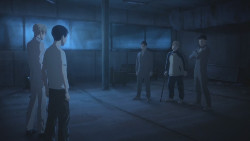 |
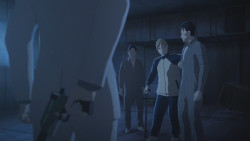 |
 |
 |
 |
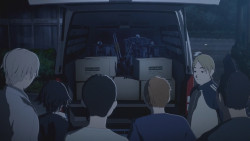 |
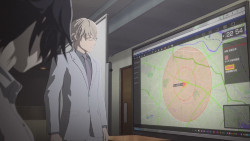 |
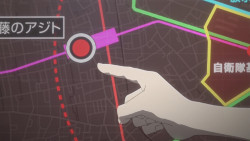 |
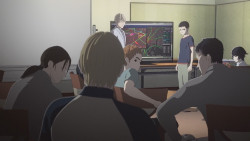 |
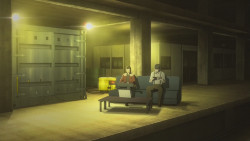 |
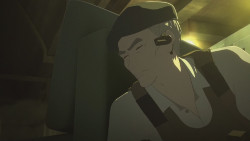 |
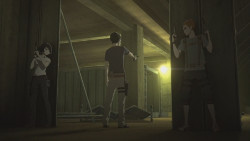 |
 |
 |
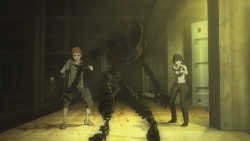 |
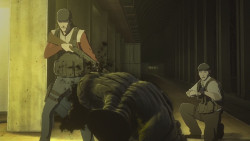 |
 |
 |
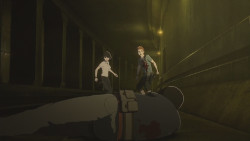 |
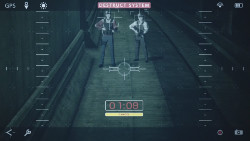 |
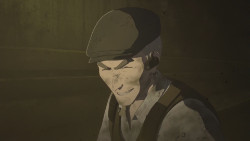 |
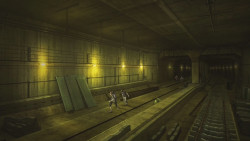 |
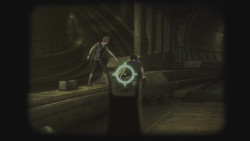 |
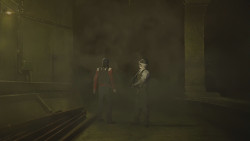 |
 |
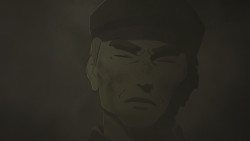 |
 |
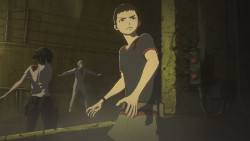 |
 |
 |
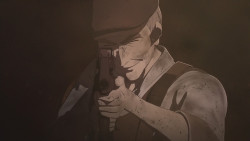 |
「これじゃホントに戦争じゃないすか/僕も約束しますよ, 佐藤さん」 (Kore ja Honto ni Sensou ja Nai Suka/Boku mo Yakusoku Shimasu yo, Satou-san)
“Is This Really War?/It’s a Promise From Me, Satou-san”
When I found out we were getting a double-episode of Ajin this week, I was pleased of course. This is one of the most entertaining shows of any stripe on TV (or the net) anywhere, and three more eps to finish the season was sure a whole lot better than two, given how much story there still is to tell. But I did worry about fatigue just a bit. There’s so much packed into every episode of this series – action, suspense, intrigue, pure plot – that it seemed reasonable to wonder if two episodes of it in one sitting might overwhelm the senses. I even contemplated splitting up #24 and 25 over two nights.
Well, after watching the first of these episodes there was no chance of that – no way I was stopping at that point in the story. And my worries were groundless, because this was one of the best hours of anime we’ve gotten this year. Ajin really is, at heart, not so much a traditional sci-fi anime as a high-class (if low-budget) Hollywood thriller with a few anime themes. This is just great stuff, plain and simple – superbly paced and plotted action and character drama, and it’s all been building towards the confrontation which took shape this week.
Satou drives everything in this series. Kei may be the main character and whip-smart, but everyone dances to Satou’s tune – he’s the man in charge. It turns out that Tanaka had the same suspicion that I did – was Satou playing this all along to draw the U.S. military into the conflict so he could settle old scores? But Tanaka was making the same mistake I was, and which so many of the characters in Ajin do – we try to put Satou into the box of a traditional villain. And he’s not – personal vendettas are a trifle to him. Satou doesn’t care who the final boss is, as long as they’re strong enough to entertain him. He’s not a genius strategist or even tactician – he doesn’t think 20 moves ahead with a master plan in mind. He’s a gamer – he has fast thumbs, and a faster brain. And the game is more fun to him if he doesn’t know what challenges the next level is going to provide.
This manifests itself in the way the whole nerve gas scenario plays itself out. A traditional terrorist of revolutionary intent on taking over the country would have ridden that nerve gas plan out to the end, and it seemed like a great hook for the final arc of the season. But that was just one more gambit for Satou-san, one more way to up the ante. He did fire off one of his missiles, and wipe out a small part of Tokyo near the Prime Minister’s office (in response to an offer of “uninhabited islands off Kyuushu or part of Hokkaido” for an Ajin nation), and he did manage to stir Japan up into an orgy of terror and hysteria. But that was all part of the game to him, and in the end he happily gave up the missiles and the nerve gas in order to punk the U.S. Special Forces and reset the board.
That hysteria was important, though, because Kei’s sister Rin was (as expected) caught up in it. Kei was defeated and despairing, but when the families of Ajin started being targeted by mobs intent on revenge, that roused him into action. Rin isn’t the forgiving type (honestly, we haven’t seen much more from her than a bratty child act) and even when fleeing an angry mob seemed disinclined to go with her brother. But who else but Kai stepped (flew) in just in the nick of time, accompanied by Kotobuki-kun and his winged ghost. He, as usual, knows Kei better than anyone and knows where he’s likely headed.
I suppose some will be disappointed that the reunion between Kei and Kai was as brief as it was, but that was Kei in a nutshell. One he knew Kai and Rin had a potential out from Japan (to India, through Kotobuki’s “connections”) he ditched them at the first opportunity. As it turned out he needn’t have worried about them escaping the country (for now) and thus, I expect we’ll be seeing Kai and Rin again and so will Kei (though whether that happens in the anime version, who knows). For now, their involvement is enough to convince Kei that he really has no choice but to fight.
Meanwhile, also as expected Satou’s increasingly obvious indifference towards his stated goals of Ajin rights has finally pushed his troops past the breaking point. It’s the refusal to negotiate with the government and the release of the nerve gas that’s the straw that broke the camel’s back – there were lines even those loyal to Satou didn’t wish to cross. But as Tanaka deduces, this is just another way for Satou to make the game more interesting. The fewer friends you have, the more people there are to kill.
With Satou and Tanaka (the only one who stayed with him in the end) now hiding out underground, the Americans have strong-armed the P.M. into accepting a plan where they’ll release the nerve gas underground to immobilize Satou and wipe out tens of thousands of civilians in the process (because, you know – Americans). And Okuyama – joined by Takahashi and Gen (I’d never have remembered their names if I’m honest) has negotiated a deal with Tosaki. Okuyama could (and indeed already does) prove a very valuable ally indeed. Not only is a technical genius with inside knowledge of Satou’s plans, he’s also the person who comes closest to understanding the way Satou thinks.
This all comes to a head in a thrilling, balls-out set piece in the subway tunnels beneath Tokyo, as the clock ticks down towards the U.S. forces releasing the nerve gas and the Anti-Ajin taskforce prepares their own attempt to capture him. It’s built around what Kei sees as the three ways to manipulate Satou – provocation, diversion and false retreat. The idea is to bury Satou alive, entombing him in a cave-in so deep he’ll never escape no matter how many times he revives. But this is Satou, and this is the sort of thing that Satou does – he’s always got a cheat code handy if he needs it…
Preview
 |

satou for best male anime character 2016
Satou for the best villain 2016